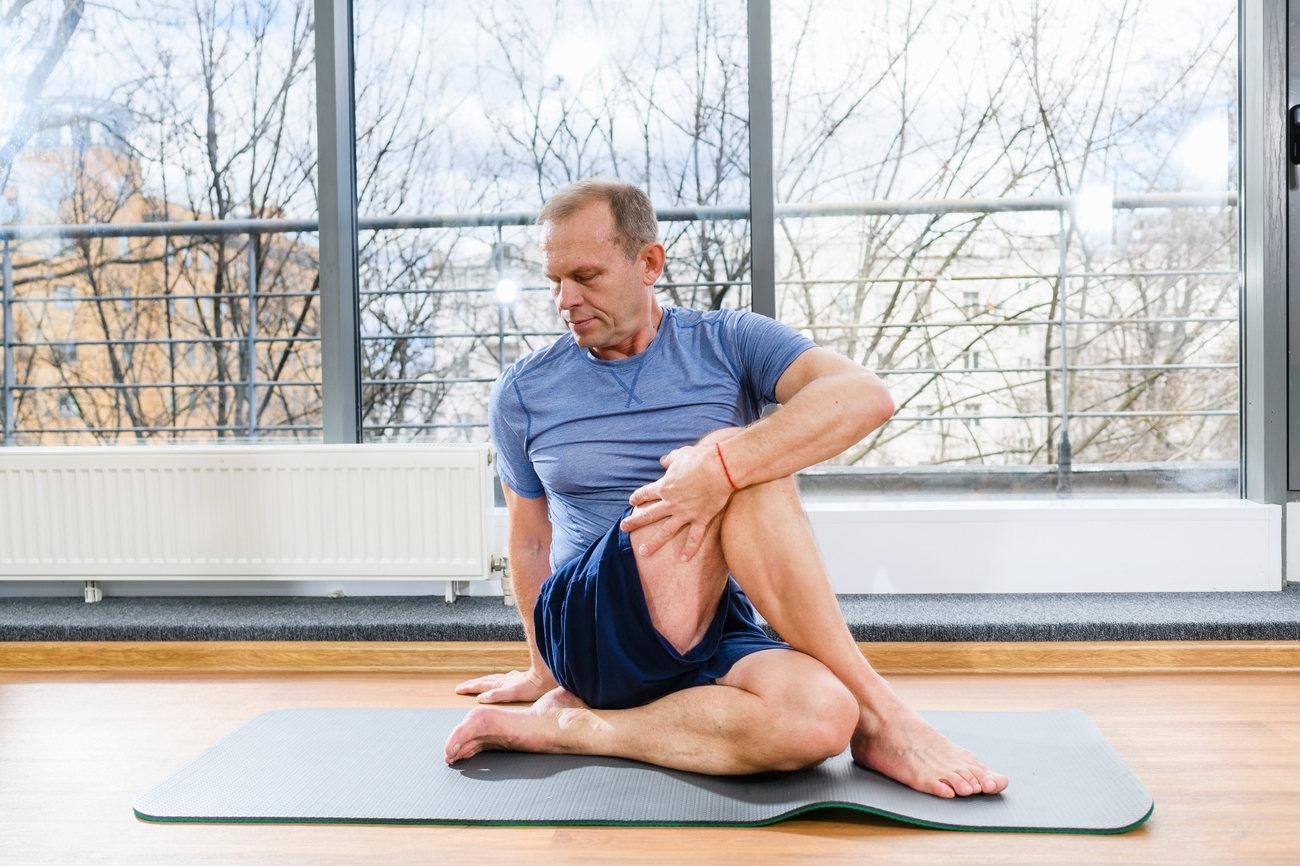The Causes, Symptoms and Treatment of Upper Back Pain

This article has been medically reviewed for accuracy
A strain happens when you twist or pull a muscle or tendon, usually due to improper lifting or overworking muscles.2 It can also result from repetitive movements over time.2
Certain factors can contribute to the risk of back strain, such as2:
While it may not be possible to prevent all back injuries, there are some steps that you can take to help lower your risk of a back sprain or strain. Below, we list a few simple ways to prevent and relieve back strains.
Always ensure you’re maintaining the correct posture when lifting heavy objects. Ensure you have steady footing. Lower objects by hinging at hips and bending the knees, while keeping stomach muscles engaged and feet in a stable position.3
If you’re dealing with back sprain or strain, it's best to avoid lifting objects that weigh more than 30 pounds.3
Maintaining strong back muscles can reduce the likelihood of overloading your back during activities like lifting or sudden movements.
Core strengthening exercises may enhance spine stability over time.1 You could also consider
low-impact aerobic exercises like swimming, stationary bicycling, and brisk walking, as they typically do not strain the back.1
Related article: How to Relieve Back Pain Effectively
Posture refers to how you position your body while standing, sitting, or carrying out activities such as lifting, bending, pulling, or reaching.4
For better posture and lower chances of back pain, Harvard Medical School recommends simple exercises like4:
Both heat and ice therapy (also known as cryotherapy) offer different benefits for muscle pain. To find out which may be right for you, read: Should I Use Ice or Heat for Back Pain?
If your back pain persists for more than one to two weeks, it's advisable to consult your primary care physician.1
Seek immediate medical attention if you experience any of the following symptoms along with back pain1:
This article has been medically reviewed for accuracy


Easy Application
Easily Covers Small & Large Areas
Targeted Relief
Overnight Relief with Lavender scent
Long Lasting
Easily Covers Small & Large Areas

